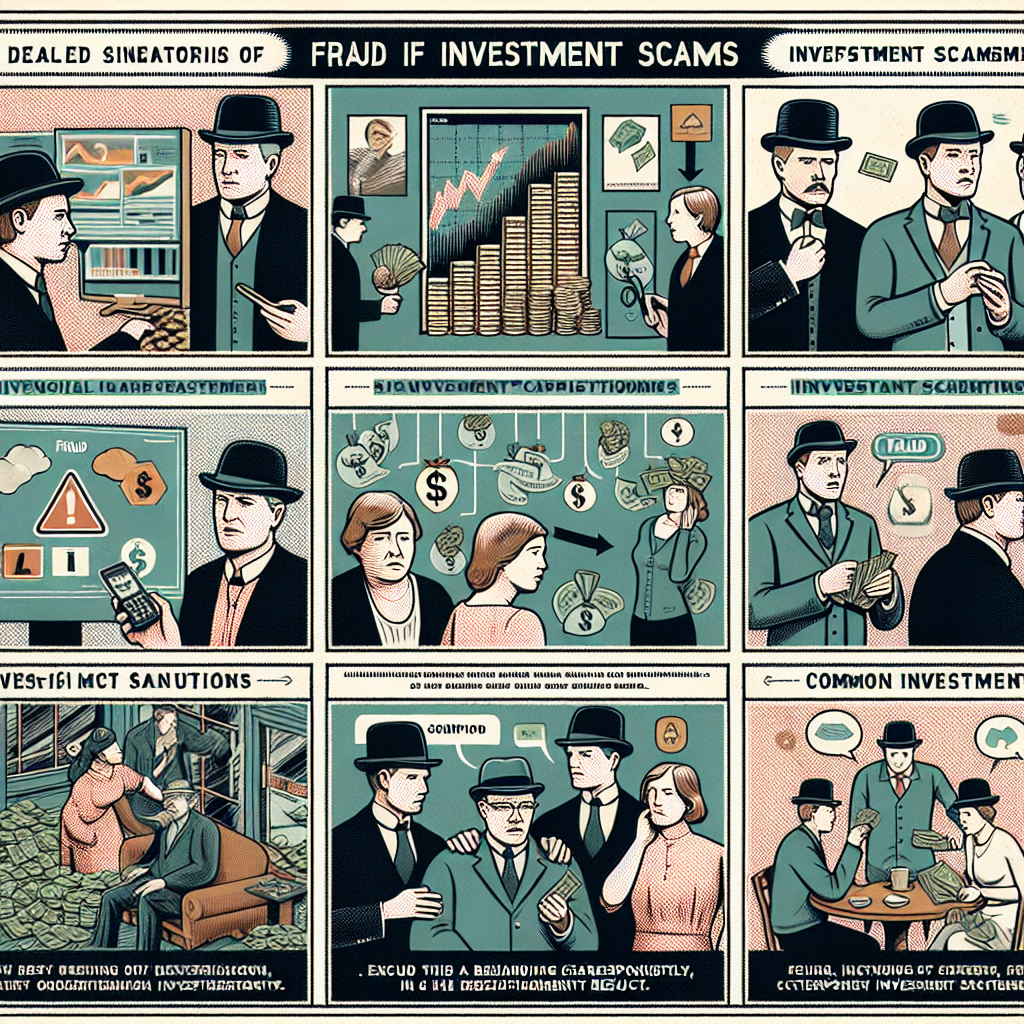An enticing chance to invest in a guaranteed money-making venture is hard to resist for the majority. Yet, if a broker or any individual tries to persuade you into such an arrangement, exercise caution. This could lead you into the trap of a Ponzi scheme—a con that has ensnared investors in losses of several tens of billions for nearly a century.
Pledge utmost skepticism towards investments touting high returns and minimal risk. Utilize resources such as FINRA’s BrokerCheck and the SEC’s EDGAR database to delve into the background of the investments and the individuals associated with them. Avoid allocating funds towards anything that remains a mystery to you. Clarify ambiguities diligently by questioning any complex or unclear aspects. Cold calls offering investments often signal scams. If you suspect foul play, report to relevant authorities; safeguarding your money might also aid others while exposing a potentially larger crime.
A typical investment Ponzi scheme entices with promises of extraordinary or dependable yields. They might appear to deliver initially, masking their facade. But the supposed returns aren’t from real investments. Instead, funds from new participants are used to fulfill commitments to earlier investors, including the exaggerated early promises. Eventually, the scheme collapses when new money intake dwindles.
Known as a notorious Ponzi schemer besides Charles Ponzi himself is Bernie Madoff, a hedge fund manager sentenced in 2009 to a 150-year prison term after defrauding investors nearly $50 billion. He candidly informed senior staff, labeling the operation as “a giant Ponzi scheme.”
If Madoff’s sentencing seemed like the end, think again: In 2015, Herbert Ivan Kay, a Tucson native, was jailed for five years for scamming over $8 million through a Ponzi-style scheme involving various developments. For more than 13 years, Kay diverted new investor money to cover pre-existing debts and obligations despite losing his securities trading license in 2004.
Worryingly, Ponzi schemes now exploit virtual currencies, like Bitcoin. Unlike legitimate ventures, Bernie Madoff’s operation offered constant returns of 1-1.5% monthly for a decade before disintegrating. Be wary of unfamiliar or unfollowable returns.
Unsolicited calls or event invites should raise suspicion: investment scams often target retirees or pre-retirees, viewing them as having accessible funds. Do your research diligently.
Fraud Beyond Ponzi Schemes
Watch for red flags like high returns with negligible risk, unrequested offers, unregistered ventures, or those obscured in complex jargon. Evasiveness from brokers or advisors or pressure for quick decisions could be cautionary signs.
Verify brokers, financial advisors, and firms using available tools. Begin by asking the one suggesting the investment, whether it’s registered. If not obliged to, inquire why. For registered ones, cross-check using the SEC’s EDGAR, your state regulator, and FINRA’s guidance.
Refrain from investing in any scheme you can’t thoroughly comprehend. Learn the ropes via online resources and skeptically view those unwilling to answer questions or deploying mysteriously complex strategies.
Should you suspect involvement in a Ponzi scheme, or find yourself a victim, report to the SEC, FINRA, and state regulators. Inability to extract promised payments or cash may indicate ensnarement in such a scheme. Fraudsters may lure with even higher returns to prevent withdrawal, noted by the SEC.
Distinguishing Ponzi Schemes from Genuine High-Yield Investments
A truthful high-yield investment should be straightforward, acknowledging inherent risks and maintaining transparency. Unlike Ponzi schemes, which obscure return sources and rely on new capital influxes rather than legitimate profits, genuine investments link returns to authentic activities.
Conducting Due Diligence: Safeguarding Against Fraud
Ensure you conduct comprehensive due diligence. Scrutinize the investment’s track record and management. Understand how returns are generated, and verify registration status. Seeking counsel from unbiased financial advisors or exploring credible financial sources is wise. Investigate any prior legal or regulatory actions concerning the investment or its managers.
Exploring Other Types of Investment Fraud
Investment deception varies, including advances fee scams, pump and dumps, insider trading, excessive trading (churning), and binary options fraud. Despite differing tactics, the common thread lies in deceit and manipulation to illicitly profit at investors’ loss.
Comprehend the individuals involved and the nuances of proposed investments before parting with finances. Raise alarms with authorities if approached unsolicited for investments, even if the proposition appears grand. Likely, it isn’t the golden opportunity it claims to be. Remember: “If it sounds too good to be true, it probably is.”







